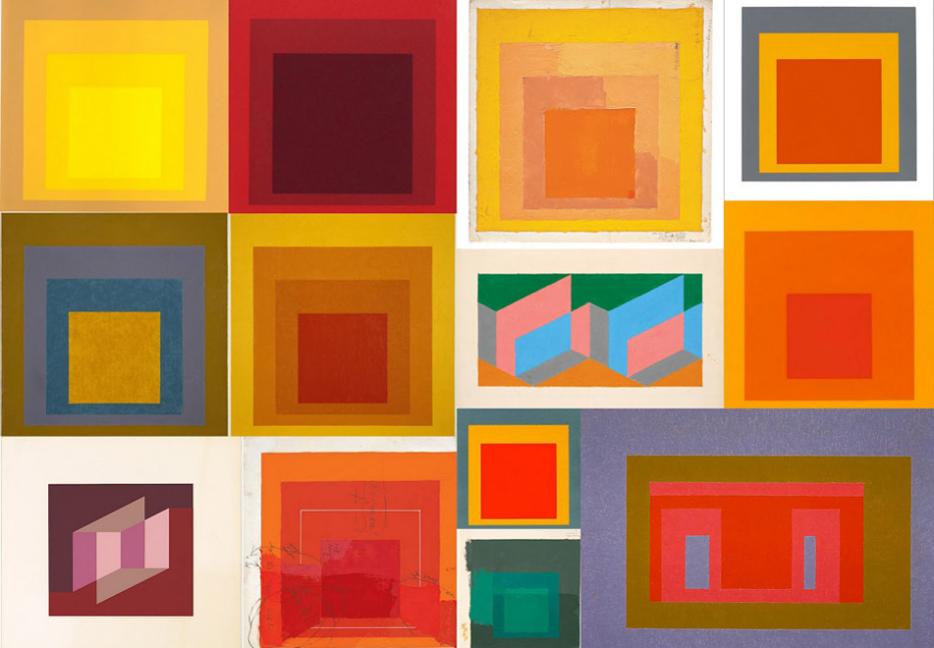Recently, Americans have been hunkered down at the extreme edges of the spectrum of opinion, throwing tomatoes. Whether the issue is gun control, environmental policy, or foreign affairs, the U.S. is in a period of severe polarization, and dramatic events like the bombings of the Boston marathon are immediately coloured by the public’s entrenched positions.
Even if you aren’t the kind of person who thinks your moral beliefs come straight from God, we all like to think we’re at least guided by reason. What’s harder to accept is that our moral judgments are strongly influenced by subconscious factors we don’t control. A new study in the Journal of Experimental Social Psychology suggests that our moral compass can be spun by something as subtle as a visual metaphor—in this case, an image of a checkerboard.
The study, conducted by Theodora Zarkadi and Simone Schnall of the UK’s University of Cambridge, begins with a discussion of previous work in the field. In 2001, a researcher called Haidt proposed the Social Intuitionist Model of moral reasoning. According to this theory, we first make our decisions based on gut feelings—no real thinking at all—and only later do we come up with rationalizations to justify what we’ve decided. Subsequent experiments showed that moral judgment is strongly linked to physical sensations of disgust. Physical distaste and moral condemnation even seem to use the same parts of the brain—when reacting to a story about a morally objectionable action, we make the same face as when we smell something gross.
Zarkadi and Schnall wanted to see how exposure to different colour patterns might accidentally “colour” our moral judgments. Black and white have long been charged with moral associations of good and evil, and the researchers cite evidence of the unconscious effect of this metaphor: “In professional sports, players wearing black uniforms are perceived as more aggressive and they are sanctioned more often in the form of penalties, compared to players who wear uniforms in other colors.” This research, however, establishes only that black and white are associated with different moral qualities; Zarkadi and Schnall wanted to see whether, in a morally gray area, exposure to black and white colours might affect judgment by setting participants up with a more polarizing mindset.
To see whether black and white would lead to binary moral perceptions, the researchers
studied a group of 111 people (44 men and 67 women) who were given an ethical scenario and asked to rate how ethical or unethical they perceived the protagonist’s behaviour as being. The scenario went like this:
In Europe a woman was near death from a special kind of cancer. There was one drug that the doctors thought might save her. It was a form of radium that a druggist in the same town had recently discovered. The drug was expensive to make, but the druggist was charging ten times what the drug cost him to make. He paid $200 for the radium and charged $2000 for a small dose of the drug. The sick woman’s husband, Heinz, went to everyone he knew to borrow the money, but he could only get together $1000 which is half of what it cost. He told the druggist that his wife was dying and asked him to sell it cheaper or let him pay later. But the druggist said, ‘No, I discovered the drug, and am going to make money from it.’ So Heinz got desperate and broke into the man’s store to steal the drug for his wife.
How right or wrong was it of Heinz to steal the drug?
The participants were divided into three groups. In one condition, the story about Heinz was in a text box on a grey background; in the second condition, the story was on a background of yellow-and-green squares; and in the third, the background was a black-and-white checkerboard.
What Zarkadi and Schnall found was not that participants from different groups were more likely to agree or disagree with Heinz’s actions. Instead, the strength of their convictions changed.
The scale went from 1 (right) to 7 (wrong), and for participants with the grey or the yellow-and-green background, responses tended to cluster towards the middle—they saw degrees of rightness and wrongness and judged Heinz more mildly. The subjects exposed to the visual cue of a black-and-white background both denounced and defended Heinz more vigorously—their responses clustered towards the outer edges of the spectrum of opinion. In other words, they saw things in black and white.
Zarkadi and Schnall concluded that our moral reasoning is susceptible not only to physical sensations associated with purity, like the disgust reaction, but also to visual metaphors with an abstract, linguistic association.
One arena in which Zarkadi and Schnall discussed possible applications of this research is in courtrooms; juries are trying to make nuanced judgments of a moral nature, and courtroom floors are often covered in black and white tiles. But I wonder if there might also be situations in which a little extra binary thinking could be a good thing; will the current vogue for black-and-white weddings discourage grooms from sleeping with the bridesmaids? Would a checkerboard-printed wallet be less tempting to thieves? Sometimes, a judiciously introduced zebra may make all the difference.
--
Image: Josef Albers






